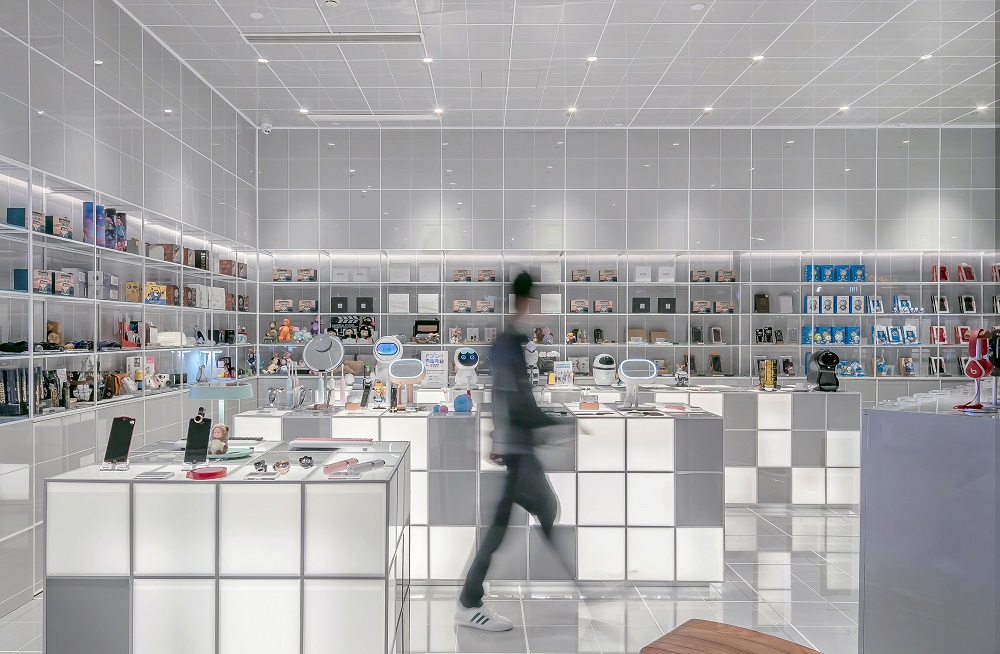“Entrepreneurs are blinded by passion — they think only a fool wouldn’t buy their invention,” says Martyn Lewis, CEO of Market-Partners and author of “How Customers Buy & Why They Don’t: Mapping and Managing the Buying Journey DNA.”
But if you want to win customers over, you’ll need to understand how people buy. We asked Lewis for his best advice on making that connection.
Get Inside the Customer’s Mind
When customers aren’t buying, it’s easy to think that they just need to see another demonstration or perhaps another graph or chart explaining the many benefits of your product or service. However, Lewis says this is the wrong approach. “For example, you’re asking people if they would buy your product, but you should also be asking them why they would buy it and when they would buy it,” he says. “And to get objective answers, don’t limit your queries to just your friends and family members.” You should also ask people who don’t know you, Lewis says.
Understand Your Real Competition
The competition is not only people who sell the same products or services. “The competition also includes the various alternatives that a potential buyer has,” Lewis says. He uses the example of a printer. You’ve just created this awesome printer that’s fast, compact, eco-friendly, easy-to-use, doesn’t use a lot of ink and prints high-quality images.
“Who wouldn’t want to buy that? However, a customer may not think the printer is easy to install, especially if they’re not good at installing printer drivers,” Lewis says. Another printer might be easier to use. Or if they don’t print that often, they might prefer to use a local print shop.
Also, he says they could be thinking of what else they could spend that money on. Maybe they’d rather have some new speakers for their computer instead.
Positively Shape the Buying Journey
In the past, Lewis says, the buying journey was totally dependent on the salesperson. The buyer came to them to get product brochures and quotes and to look at items in person. “But now the buying journey is independent because buyers can get everything they need on the internet, so they can completely bypass you,” Lewis says.
“In the buying journey, there are only three things you can do: You can accelerate the process, you can increase the probability they will buy and you can get them to spend more than they were going to do,” Lewis says.
How can you do this? Lewis says you need to reduce friction and overcome all concerns and objections that can stop the buying process. “For example, when we used to buy automobiles, the concern was how much would it cost to maintain that car, truck or van; companies overcame this concern by providing a bumper-to-bumper warranty.” Lewis says these are the types of issues that you need to think about to positively shape the buying journey.
By putting yourself in the customer’s shoes and viewing your product or service from their perspective, Lewis says you are more likely to be successful as an entrepreneur.





